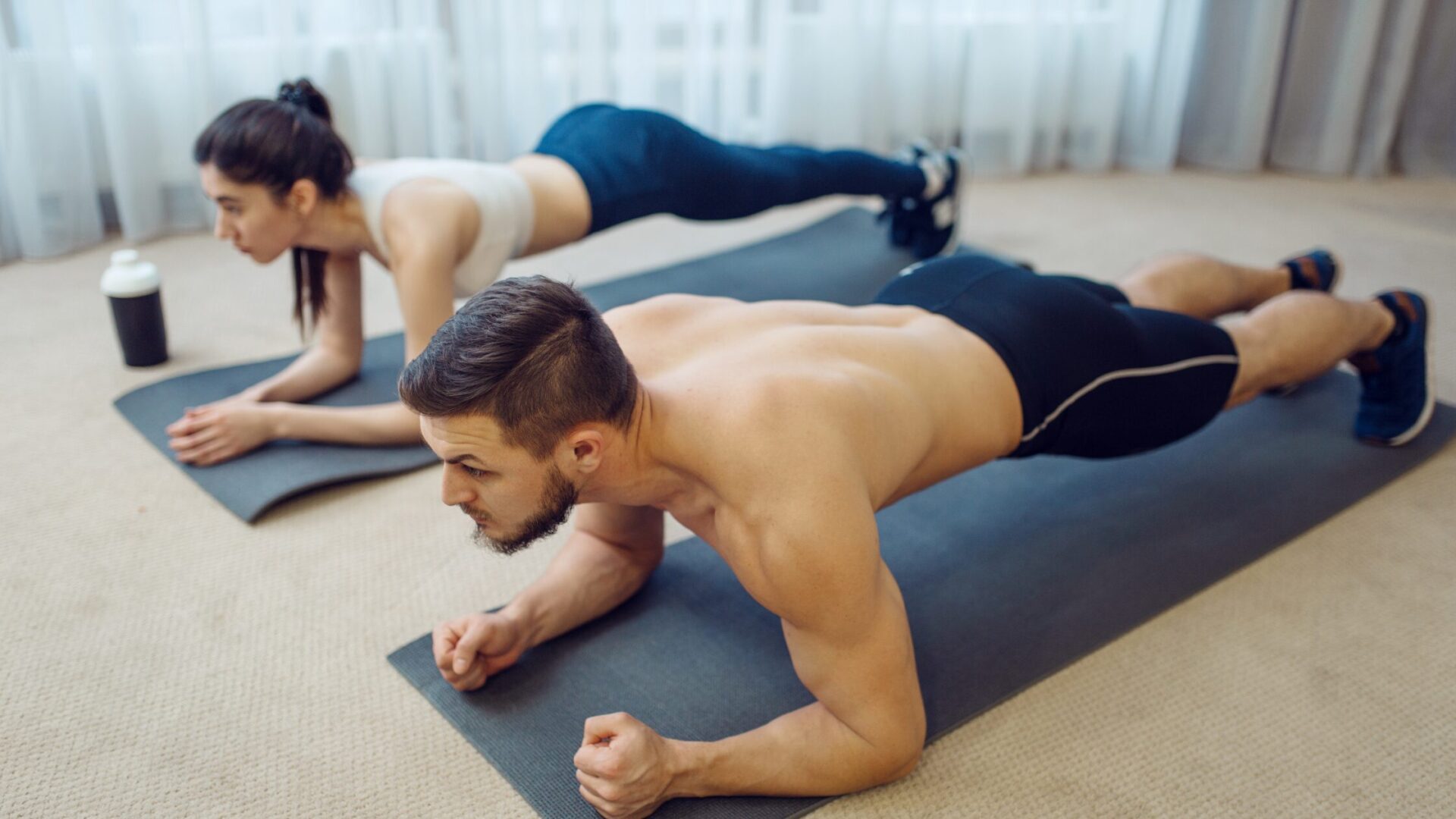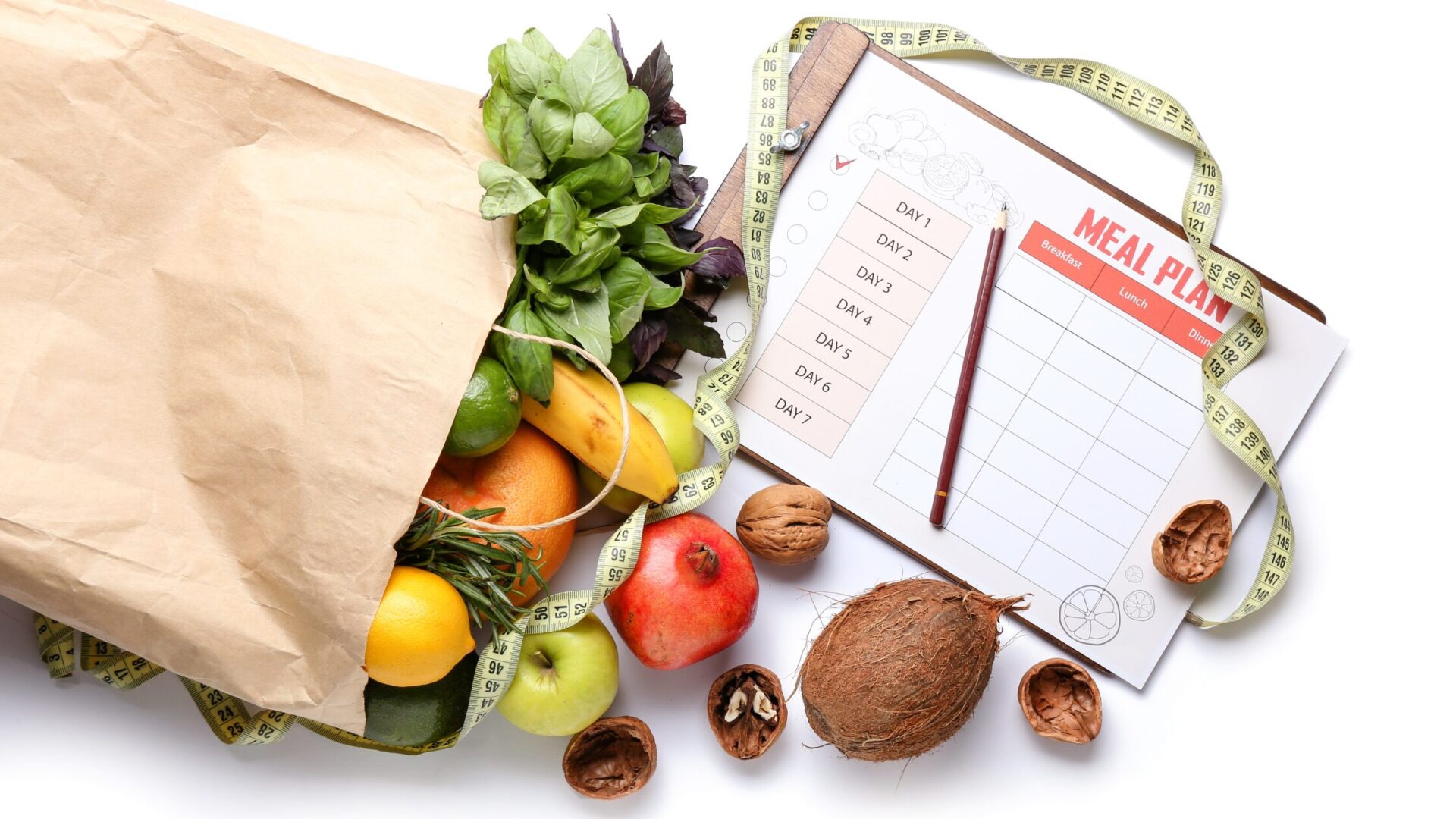Top 5 Home Workouts for Busy Parents
The Challenge of Fitness for Busy Parents
Maintaining fitness can be particularly challenging for busy parents. The demands of childcare, coupled with work and household responsibilities, often means that personal health and fitness take a backseat. Traditional gym routines become harder to sustain, leading to a cycle of physical inactivity and its associated health risks.
Benefits of Home Workouts
- Convenience: Home workouts eliminate travel time to and from a gym, making it easier to fit exercise into a crowded schedule.
- Flexibility: With home workouts, parents can exercise at any time that suits them, aligning fitness routines with family commitments.
- Cost-Effective: Eliminating gym memberships and travel costs makes home workouts an economically savvy option.
- Personalized: Working out at home allows for a tailored fitness regimen that can be adjusted to meet individual fitness levels and goals.
- Family Involvement: Home workouts can also include family members, promoting a healthy lifestyle for all and setting a positive example for children.
Workout 1: Cardio Blast
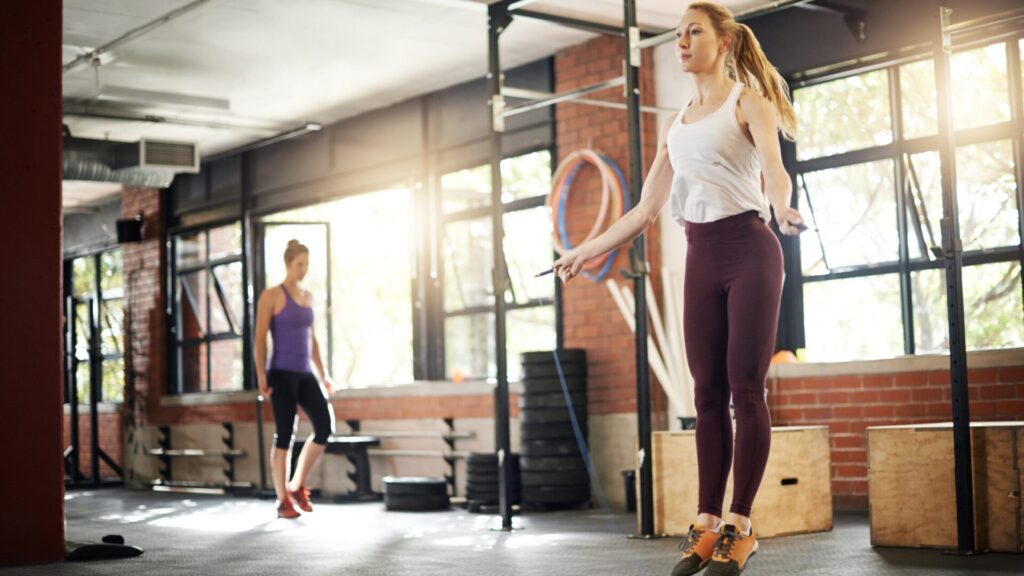
For parents looking to improve their cardiovascular fitness without spending hours on a workout, this Cardio Blast routine is a perfect solution. It requires no equipment and can be done anywhere, anytime. Here’s a quick outline:
- Warm-Up: 5 minutes of brisk walking or jogging in place to get the heart rate up.
- High Knees: 1 minute – Lift your knees as high as you can, pumping your arms to increase intensity.
- Jump Squats: 1 minute – Perform a regular squat followed by an explosive jump upwards, landing softly.
- Burpees: 1 minute – Include a push-up for an added challenge.
- Mountain Climbers: 1 minute – Keep your body in a plank position and alternate bringing your knees to your chest.
- Skipping Rope (Imaginary): 1 minute – Mimic the action of skipping rope; this can be surprisingly effective.
- Cool Down: 5 minutes of stretching and deep breathing to bring your heart rate down.
Repeat the cycle 2 or 3 times, depending on your fitness level and time constraints. Remember, the key is to maintain high intensity throughout the workout.
For more detailed guides on each exercise, consider visiting the following external links:
Jump Squats: Jump Squats Benefits
Burpees: Burpee’s Exercise
Mountain Climbers: Mountain Climbers Steps
Skipping Rope: Skipping Rope Techniques
Ensure you drink plenty of water, and never push beyond what feels safe. This Cardio Blast is designed to get your heart pumping and calories burning in a short amount of time, making it an efficient workout for busy parents.
Workout 2: Strength Building
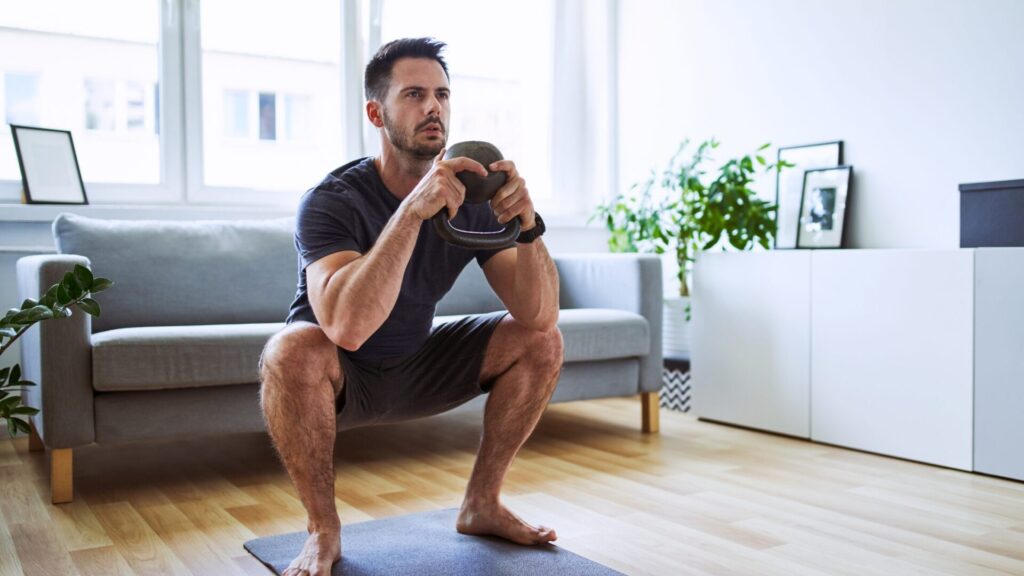
For parents seeking to enhance their strength without the need for heavy gym equipment, this Strength Building routine is an excellent choice. This workout primarily uses body weight to challenge and build muscle, offering a convenient yet effective way to strengthen your body at home. Here’s a simple outline to get started:
- Warm-Up: Start with 5 minutes of dynamic stretches to prepare your muscles. Consider leg swings, arm circles, and torso twists.
- Push-Ups: 3 sets of 10-15 reps – These target your chest, shoulders, and triceps. Modify by doing them on your knees if needed.
- Plank: 3 sets of 30 seconds to 1 minute – A fantastic core-strengthening exercise. Ensure your body forms a straight line from head to heels.
- Air Squats: 3 sets of 15-20 reps – Stand with feet shoulder-width apart, squat down, keeping your back straight, then return to standing.
- Lunges: 3 sets of 12 reps per leg – Take a step forward and lower your hips until both knees are bent at about a 90-degree angle.
- Glute Bridges: 3 sets of 15 reps – Lie on your back with knees bent and lift your hips upwards, creating a straight line from knees to shoulders.
- Arm Curls with Water Bottles: 3 sets of 12-15 reps – Use water bottles or milk jugs as weights to curl from the waist up to your shoulders.
- Cool Down: Finish with 5 minutes of stretching focusing on the muscles you’ve worked – hamstrings, quads, calves, chest, back, and shoulders.
Incorporate this routine 2-3 times a week to progressively build strength. Adjust the number of sets and reps based on your personal fitness level and goals. Remember, form is key to preventing injury, so focus on performing each exercise with proper technique.
This Strength Building workout is designed to be scalable and accessible, providing a solid foundation for busy parents to maintain and build strength at home.
Workout 3: Core Stability
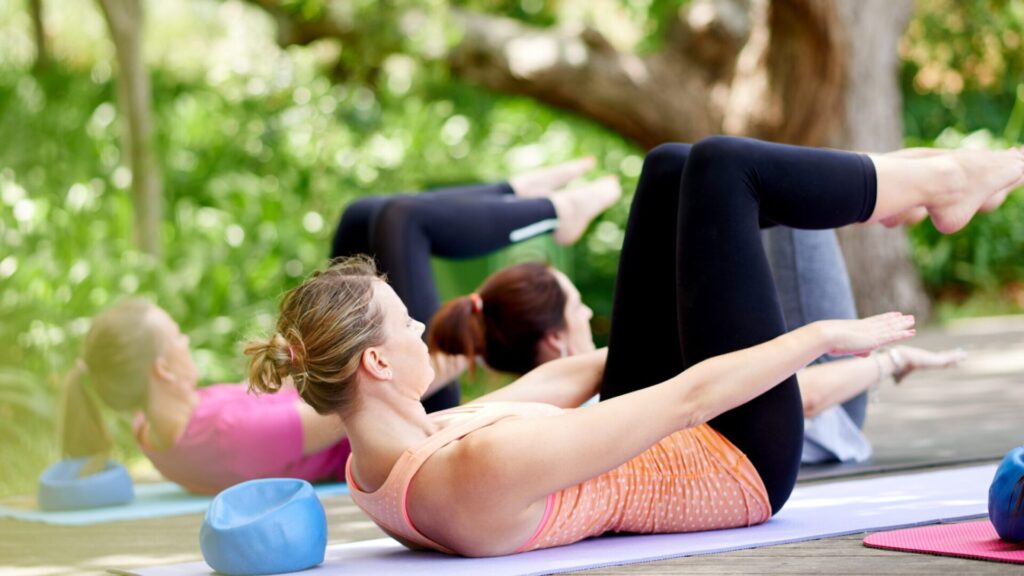
For parents looking to strengthen their core and improve overall stability, this Core Stability workout is meticulously designed to target the abdominal muscles, obliques, and lower back. This routine can be easily integrated into your daily schedule, requiring no equipment, and focuses on enhancing balance, flexibility, and endurance. Here’s an effective plan to follow:
- Plank: 3 sets of 30 seconds to 1 minute – This foundational exercise strengthens the entire core.
- Side Planks: 2 sets of 30 seconds each side – Targets the obliques and helps improve balance.
- Russian Twists: 3 sets of 15 reps each side – Sit on the floor, lift your feet slightly, and twist your torso side to side. For added intensity, hold a water bottle.
- Bird Dog: 3 sets of 10 reps per side – From a tabletop position, extend opposite arm and leg, then switch.
- Dead Bug: 3 sets of 10 reps per side – Lie on your back, arms extended towards the ceiling, and alternate extending opposite arm and leg.
- Bicycle Crunches: 3 sets of 15 reps per side – Lie on your back and bring your elbow to the opposite knee, alternating sides.
- Cool Down: 5 minutes of gentle stretching focusing on the core muscles, including the abs, back, and hips.
Repeat this routine 2-3 times a week for best results, ensuring proper form to maximize benefits and minimize the risk of injury. For more comprehensive guidance, explore the following resources:
Plank: Plank Exercise Guide
Side Planks: Side Plank Variations
Russian Twists: How to Do Russian Twists
Bird Dog: Bird Dog Exercise Steps
Dead Bug: Performing The Dead Bug Exercise
Bicycle Crunches: Bicycle Crunches for Abdominals
Engaging in these core stability exercises will not only fortify your midsection but also enhance your physical function in everyday activities and improve your posture.
Workout 4: Flexibility and Balance

To enhance flexibility and balance, integrating yoga or Pilates into your routine can offer remarkable benefits. These practices focus on mind-body connection, improving range of motion, reducing stress, and stabilizing core muscles, which are essential for balance. Here’s a beginner-friendly routine to get started:
- Cat-Cow Stretch: 3 sets of 10 – Begin on your hands and knees, alternate between arching your back towards the ceiling (Cat) and dipping it towards the floor (Cow) to increase spinal flexibility.
- Pilates Hundred: 3 sets – Lie on your back with legs in tabletop position, lift your head and shoulders off the mat, and pump your arms up and down while breathing in for five counts and out for five counts for a total of 100 counts.
- Downward-Facing Dog: 3 sets of 30 seconds – A pivotal yoga pose that stretches and strengthens the entire body, focusing on the hamstrings, shoulders, and arms.
- Warrior II: 2 sets of 30 seconds per side – Enhances leg strength, core stability, and balance, while also stretching the hips, groins, and shoulders.
- Tree Pose: 2 sets of 30 seconds per side – Improves balance and focuses on strengthening the thighs, calves, ankles, and spine.
- Bridge Pose: 3 sets of 30 seconds – A backbend that strengthens the back, buttocks, and hamstrings, while also opening up the chest and shoulders.
- Cool Down: 5 minutes of deep stretching focusing on the muscles worked, incorporating elements such as Seated Forward Bend and Supine Twist to enhance flexibility and calm the body.
This routine combines the strength-building aspects of Pilates with the flexibility and balance-focused poses of yoga, providing a comprehensive workout that benefits the body and mind. Incorporate this routine 2-3 times a week for optimal results, and remember to listen to your body’s needs, adjusting poses as necessary to accommodate your current fitness level.
Workout 5: Full Body Circuit
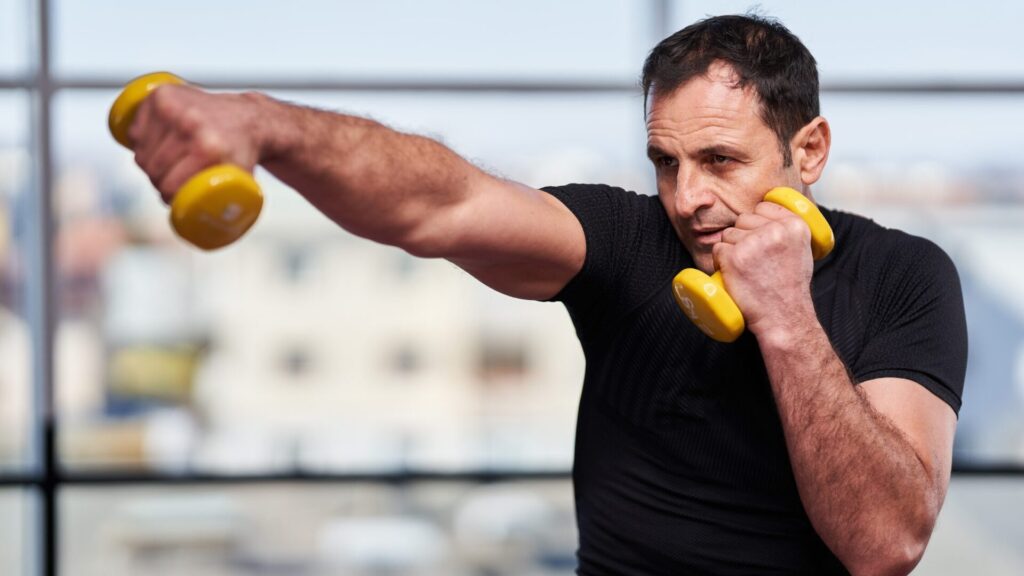
For those seeking a dynamic approach to fitness that engages all major muscle groups, this Full Body Circuit workout is designed to challenge your strength, endurance, and agility. This circuit comprises exercises that can be done with minimal equipment, making it perfect for at-home routines. Perform each exercise for 45 seconds, followed by a 15-second rest before moving on to the next exercise. Complete the circuit three times for a comprehensive full-body workout. Here’s your circuit plan:
- Jump Squats: Begin by standing with feet shoulder-width apart, then lower into a squat and explosively jump upwards. Land softly and repeat. This exercise targets your legs and glutes while getting your heart rate up.
- Push-Ups: Start in a plank position, with hands under shoulders and body forming a straight line from head to heels. Lower your body until your chest nearly touches the floor, then press back up. This classic move engages your chest, shoulders, and triceps.
- Mountain Climbers: From a push-up position, quickly drive your knees towards your chest one at a time, like running on your hands. This exercise improves core strength and cardiovascular endurance.
- Supermans: Lie face down on the floor, with arms and legs extended. Lift your arms and legs towards the ceiling, creating a slight arch in your back. Lower back down and repeat. This move strengthens the back, glutes, and hamstrings.
- Plank with Shoulder Taps: Hold a plank position, then tap each hand to the opposite shoulder while keeping your core tight and minimizing hip sway. This variation adds a stability challenge to the core-engaging plank.
- Cool Down: End your workout with a 5-minute cool down, focusing on stretching the major muscle groups you’ve worked. Include stretches such as hamstring stretches, quad stretches, arm cross-body stretches, and deep breathing to lower your heart rate.
Tips for Integrating Workouts into a Busy Schedule
Maintaining a regular workout routine can be challenging amidst a hectic schedule. However, with strategic planning and flexibility, exercise can become an integral part of your daily routine. Here are practical tips for incorporating workouts into your busy life:
1. Prioritize Your Workouts
- Set Clear Goals: Define what you want to achieve with your fitness routine, making it easier to prioritize.
- Schedule Your Workouts: Treat your workouts like important meetings. Block out time on your calendar and treat it as non-negotiable.
2. Be Efficient with Your Time
- Opt for Short, High-Intensity Workouts: When time is limited, choose exercises that deliver the maximum benefit in the shortest time possible.
- Incorporate Physical Activity into Daily Tasks: Walk or bike to work, take the stairs, or do squats while watching TV.
3. Make Use of Technology
- Fitness Apps: Utilize apps that allow you to track your progress and follow guided workouts at home or on the go.
- Virtual Classes: Join live online classes that fit your schedule, offering the motivation of a group setting from the comfort of your home.
4. Be Flexible and Forgiving
- Adapt Your Workout Plan as Needed: If you miss a workout, don’t be hard on yourself. Look for other opportunities to stay active throughout the day.
- Mix Things Up: Keep your routine flexible by mixing different types of workouts. This keeps exercise interesting and accommodates changes in your schedule.
5. Look for Opportunities to be Active with Others
- Plan Active Outings: Instead of sitting in a café, meet friends for a walk, hike, or a fitness class.
- Family Time: Incorporate physical activities that you can do with your family, such as bike rides, playing catch, or outdoor games.
6. Keep Your Gear Accessible
- Pack a Workout Bag: Always have a bag with workout clothes and shoes ready. This makes it easier to squeeze in a session whenever an opportunity arises.
- Create a Home Gym Space: Having a dedicated space at home, even if it’s just a yoga mat and some dumbbells, can inspire you to workout more frequently.
7. Focus on Compound Exercises
- Maximize Efficiency: When short on time, choose exercises that work multiple muscle groups at once, such as squats, push-ups, and burpees.
By integrating these strategies, you can ensure that physical activity becomes a natural and enjoyable part of your daily routine, despite a busy schedule.
Multitasking Exercises with Family Activities
Maintaining an active lifestyle while managing family responsibilities can be challenging, but combining fitness routines with family activities can be an effective way to achieve both. Here are strategies to intertwine exercise and family time, ensuring everyone stays active and connected.
1. Family Hikes and Walks
- Explore Nature Together: Choose trails that match your family’s fitness level and explore the outdoors. It’s a great way to get exercise and teach children to appreciate nature.
2. Bike Rides
- Pedal as a Family: Cycling together not only provides good cardiovascular exercise but also offers an opportunity to explore new areas in your vicinity.
3. Home Exercise Challenges
- Create Fun Competitions: Encourage a little friendly competition with exercise challenges, such as who can do the most jumping jacks, squats, or push-ups. It’s a fun way to motivate each other.
4. Dancing
- Host a Family Dance-off: Dancing is an excellent way to get your heart rate up. Turn on your family’s favorite tunes and have a dance-off in your living room.
5. Gardening and Yard Work
- Active Chore Time: Gardening, raking leaves, or shoveling snow can be great physical activities. Assign tasks to family members based on their age and ability, turning chores into a workout.
6. Active Gaming
- Choose Movement-Based Video Games: Opt for video games that require physical movement. Many modern games encourage dancing, jumping, or even yoga, making exercise feel like play.
7. Sports
- Play Simple Sports Together: Engage in family-friendly sports like soccer, basketball, or frisbee. These activities are not only good for physical health but also teach important life skills like teamwork.
8. Water Activities
- Swimming and Water Games: If you have access to a pool, lake, or beach, swimming and playing water games are great for fitness. It’s a refreshing way to exercise in the warmer months.
9. Charity Runs or Walks
- Participate as a Team: Joining charity runs or walks can be a motivational way to exercise while supporting a good cause. Train together leading up to the event.
10. Virtual Workout Classes
- Join Online Classes Together: Many online platforms offer family-friendly workout classes. It’s a convenient option for staying active, especially during inclement weather.
Incorporating these activities into your family life not only helps meet your fitness goals but also strengthens family bonds, creates lasting memories, and establishes a foundation of healthy living for children.
Conclusion
Staying active plays a pivotal role in maintaining good health and managing stress effectively. In today’s fast-paced world, it’s easy to overlook the necessity of physical exercise amid our busy schedules. However, integrating movement into our daily lives, whether through individual workouts or family activities, can significantly enhance our physical well-being and mental health. It’s essential to approach fitness with a mindset of consistency and realistic goal-setting. Remember, the key isn’t perfection but progress. Small, consistent efforts can lead to substantial long-term benefits, including increased energy, improved mood, and a stronger, healthier body. Encourage yourself and your loved ones to find joy in being active—it’s an investment in your health, happiness, and overall quality of life.

